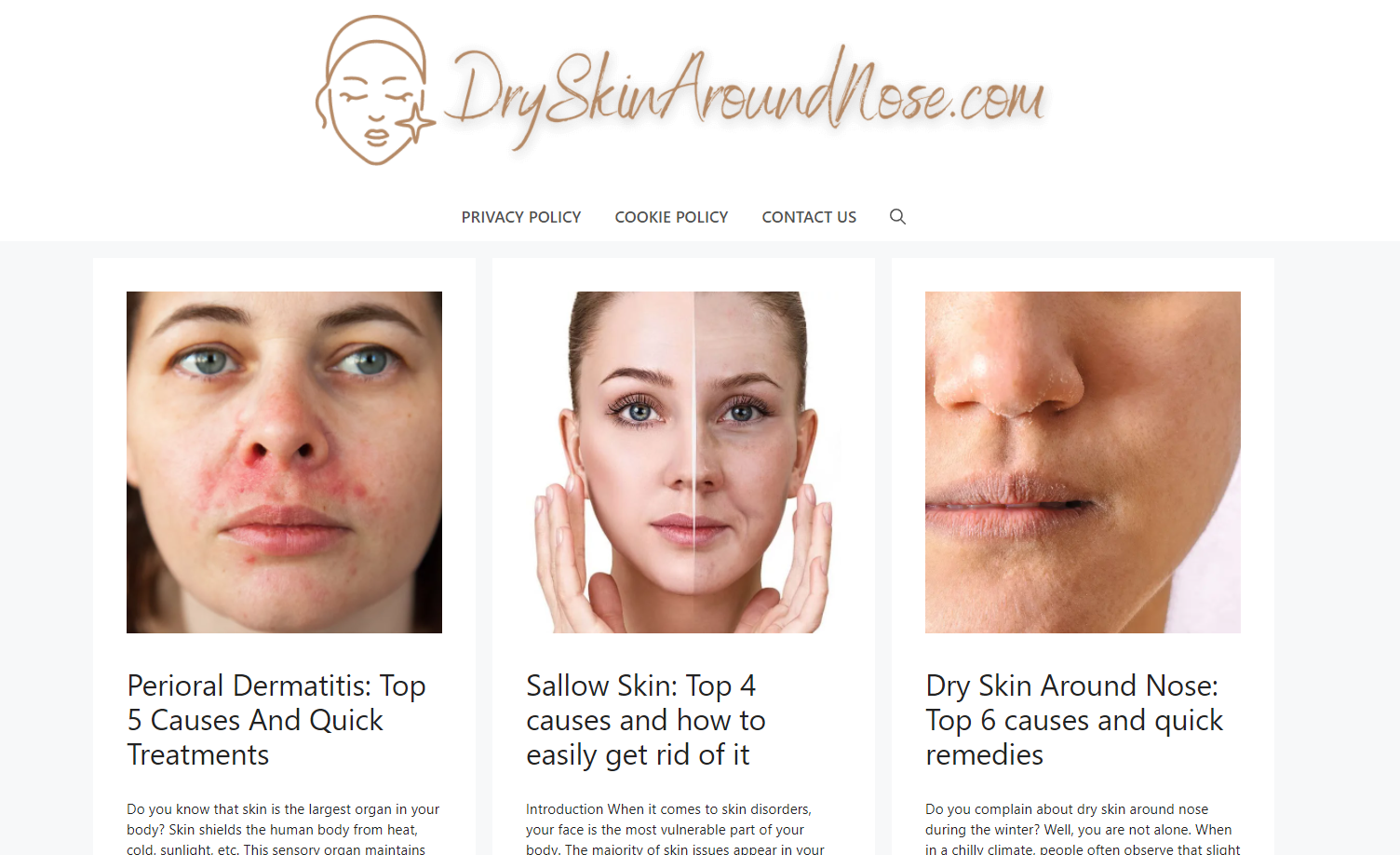
“Beauty is a good letter of introduction.”
(Portuguese proverb).
We would understand if you say Portugal doesn’t exactly lie in Asia. However, it would be sane to realize that the topic of discussion today is not the origin of the proverb but rather its validity for physical beauty. And what could be better than starting such a discussion with Asia?
It is the largest continent and is home to a bouquet of the most varied cultures and traditions- and we are placing our two cents on how its various citizens perceive beauty. Our discussion is based on the following premise. Beauty catches the eyes and character takes up after that.
But there is something that starts before a person is introduced and someone is impressed. There is a lot of water that flows under the bridge during that time and it relates to the physical appearance that one prepares oneself for. This blogpost is all about what goes before that subtle moment of difference.
Presenting some of the best Asian secrets
 Asia is home to a wide range of climatic distinctions. These include hot and humid, tropical, temperate, subarctic, and subtropical to name a few- and the residents have been preparing themselves for the impending seasonal changes in climatic conditions for ages.
Asia is home to a wide range of climatic distinctions. These include hot and humid, tropical, temperate, subarctic, and subtropical to name a few- and the residents have been preparing themselves for the impending seasonal changes in climatic conditions for ages.
It makes up for a fascinating study to know how citizens in India, China, Japan, and Korea prepare themselves to be at their superlative physical best as per local climatic variations through Mother Nature. This discussion would hinge on Asian beauty secrets for anti-aging and brighter skins.
We would start with beauty secrets that are prevalent in India. The same discussion would be appended to the one about Chinese, Japanese and Korean cultures too.
a. Indian (or Vedic) beauty secrets
As per some of the ancient Indian (or Vedic) beauty standards, it was customary for men and women to keep their wellbeing in sync with three major natural forces. These forces were Vaata (Air), Pitta (Fire and some Water), and Kapha (Water and some Earth).
Any imbalance in one or more elements was supposed to cause various types of ailments related to health and their effect was first visible on the skin.
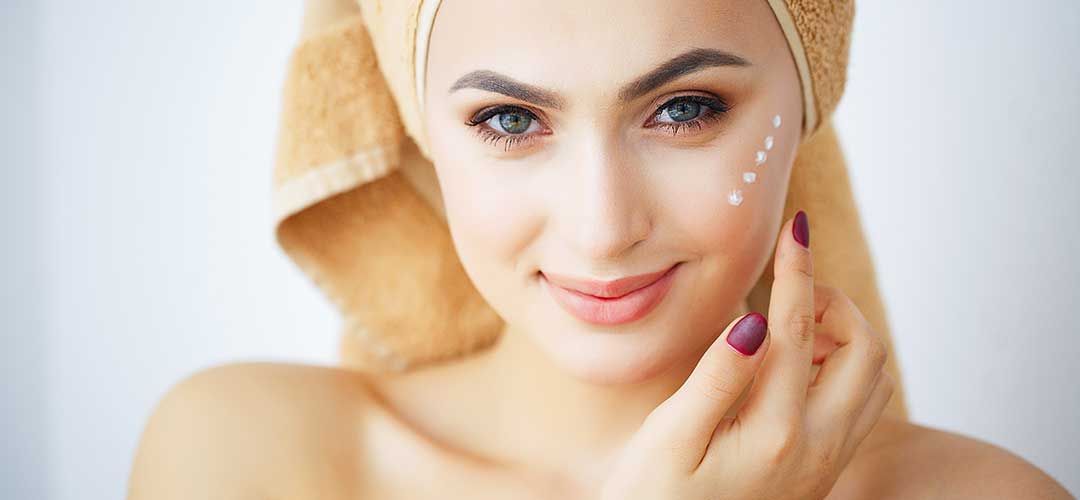 The Vaata skin is dry and prone to losing out on moisture quickly. It is thus recommended to keep it hydrated and toned with slightly oily food. This skin type also requires a regular application of organic moisturizer creams made of milk and whole grains.
The Vaata skin is dry and prone to losing out on moisture quickly. It is thus recommended to keep it hydrated and toned with slightly oily food. This skin type also requires a regular application of organic moisturizer creams made of milk and whole grains.- The Pitta skin is exceptionally sensitive to sun and spices. Rosewater is considered an immediate medicine to any ailments caused due to its cooling effect, and coconut oil comes a close second. People of this skin type should stay away from oily and steamy foods.
- The Kapha skin is oily and needs periodic cleaning and detoxification. Ginger is an instinctive answer to the ailments caused to this skin type. People of this skin type should go for citrus fruits and nuts to keep their natural elements in check.
Ayurveda is an ages-old sophisticated medical science in India and the aforementioned distinction is derived from a Vedic study of skin and physical beauty. This science permits the use of several natural substances that could be used regardless of the skin types with electrifying results every single time. They are presented below:
Haldi (Turmeric):
No discussion of Indian beauty secrets could ever be complete without proper mention of turmeric. Pure turmeric has antibacterial and antimicrobial properties, and it helps the skin to soften up and glow when applied topically.
Nariyal (Coconut):
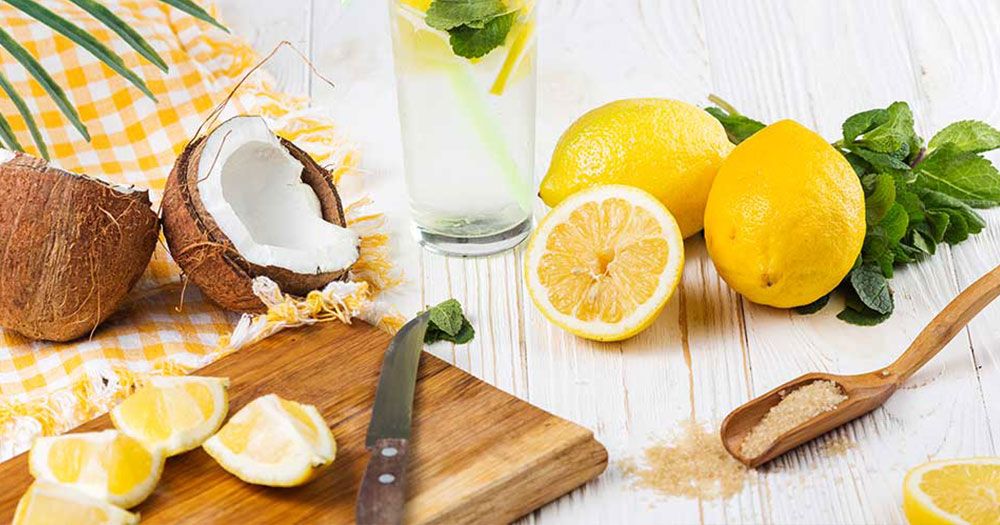 Considered a perfect fruit in Vedic literature, coconut offers its every part as a service to mankind. Its oil and water are the most obvious remedies to skin and stomach disorders respectively for their acute medicinal properties.
Considered a perfect fruit in Vedic literature, coconut offers its every part as a service to mankind. Its oil and water are the most obvious remedies to skin and stomach disorders respectively for their acute medicinal properties.
Sarso ka tel (Mustard oil):
Mustard oil is a powerhouse of Calcium, Manganese, Selenium, Zinc, and proteins. It thus finds ample reputable mentions in Indian dietary and cosmetic preparations. Its regular application on scalp and skin has persistent benefits.
Nimbu (Lemon):
Owing to its high Vitamin C content, it directly helps in repairing cells and tissues on one’s facial skin. It also helps in the production of collagen, a natural protein that helps in maintaining the elasticity of the skin.Vedic Science believes that every skin type could be divided into the aforementioned three types, and they should take to their dietary instructions in the same regards.
As per some ancient Indian beauty standards, it is also vitally important to practice Yoga (meditation) and to remain positive. The cumulative effect of selective expression and restraint forms the core of the ancient Indian medicinal science Ayurveda and we’re sure everyone can still benefit from them.
Korean beauty secrets
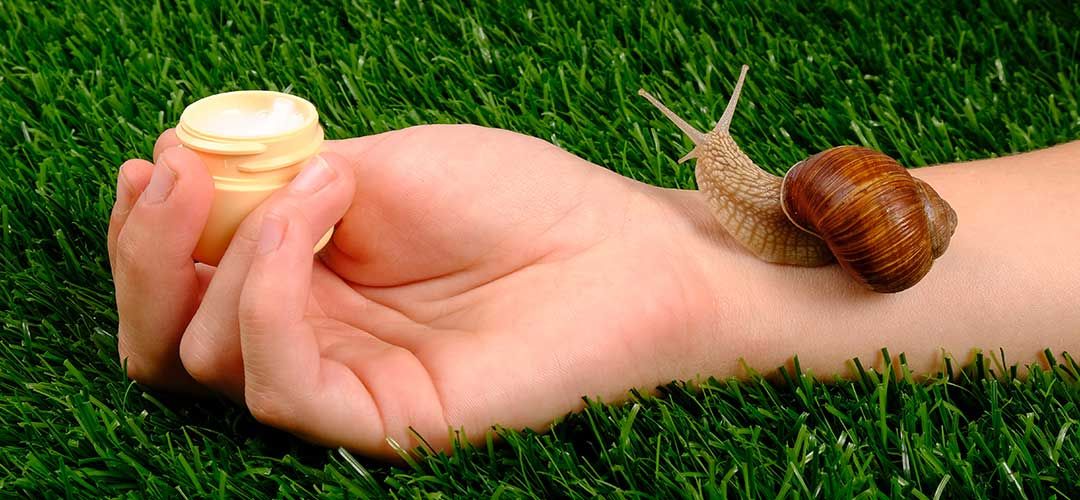 Korea is a 2300-year-old region with a proud and profound history. Though divided into North and South eponymous sovereign states, the regional cultures are innately the same. This East Asian land is a popular hotbed of various traditional cosmetic preparations and we are mentioning some of them as Ancient Korean beauty secrets below.
Korea is a 2300-year-old region with a proud and profound history. Though divided into North and South eponymous sovereign states, the regional cultures are innately the same. This East Asian land is a popular hotbed of various traditional cosmetic preparations and we are mentioning some of them as Ancient Korean beauty secrets below.
- Snail mucus: Yes, weSnail mucus: Yes, welcome to Korea! Snails are found aplenty in the Korean region because it is situated geographically between the Sea of Japan and the Yellow Sea. This slime is rich in natural enzymes and peptides that build up a protein called collagen to make the skin younger.lcome to Korea! Snails are found aplenty in the Korean region because it is situated geographically between the Sea of Japan and the Yellow Sea. This slime is rich in natural enzymes and peptides that build up a protein called collagen to make the skin younger.
- Silkworm Cocoons: Some Korean beauty secrets and home remedies start with proper mention of Silkworm cocoons because they contain a unique protein Sericin and several natural antioxidants. You can well imagine the effect of their direct transfer to your skin!
- Sea Salt: Even one tablespoon of sea salt is good enough to cleanse blackheads and pimples. Here’s how you may do it: warm a glass of water and add a tablespoon of sea salt to it. Stir it properly and then use a cotton swab to clean your face.
- Sake: Sake is a type of wine that is made of fermented rice. It is rich in kojic acid, a natural skin-brightening agent that has been used in Korea for several centuries now. People also prefer to take a bath in a pool of sake or by mixing the wine with tap water in their bathing tub.
c. Chinese beauty secrets
 The world’s most populous country, China shares the credit to be home to some of the earliest civilizations along with India. Recorded history indicates that the country is four thousand years old at the very least and it is thus a hotbed of some of the most intriguing cultural aspects you’d ever get to see.
The world’s most populous country, China shares the credit to be home to some of the earliest civilizations along with India. Recorded history indicates that the country is four thousand years old at the very least and it is thus a hotbed of some of the most intriguing cultural aspects you’d ever get to see.
A closer derivative of the same could be summed up through Chinese beauty secrets and it may be used to specify a major part of our discussion about Asian beauty secrets too. Here’s something to reconsider:
- Jadestone: Jade is a stone that is almost synonymous with Chinese culture and the primary hardstone of their sculptures. It is considered a symbol of positivity and beauty. People prefer to use it as a roller to massage their facial skin and to draw out negativity (like pimples and wrinkles). One may also put some aloe vera serum on one’s face and then use the roller to massage it.
- Green Tea: A gift from China to the world, green tea is a treasure trove of goodness. It contains catechins and a ton of antioxidants that help in reducing blemishes and wrinkles. Since it is made entirely of dried green tea leaves and almost nothing else, the quotient of benefits is high.
- Rice water: As a premier Chinese beauty secret, rice water helps clean the facial skin and hair of dirt and unwanted oil. You could make this skin-toning liquid at home by soaking rice in water for 30 minutes, separating the water and then freezing it. The ice cubes may be gently rubbed on the face for a few minutes.
- Goji (berry mask): Goji berries are full of beta-carotene, the pigment that gives carrots their characteristic red or orange colour. This organic pigment is exceptionally good for the eyes and helps in developing immunity. Applied on the face, it helps in maintaining a shiny and glowing skin.
These were some of the best Chinese beauty secrets that you could use to your advantage. However, there is more to it. Ancient Chinese medicinal sciences, named Acupressure and Acupuncture also plays a significant part in activating and treating various energy points in our body. You could get in touch with a registered practitioner for the best results.
d. Japanese beauty secrets
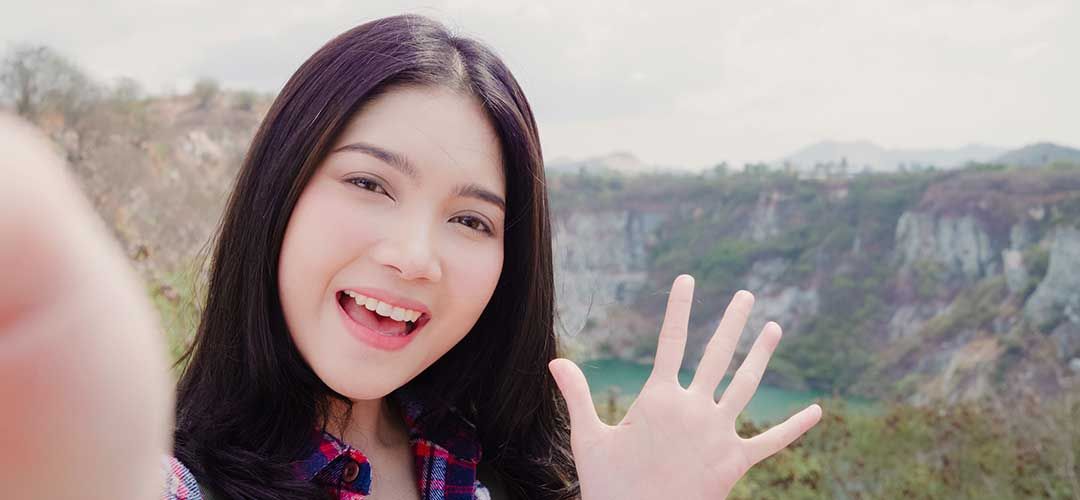 A discussion of the best Asian beauty secrets would be incomplete without a polite mention of the Japanese anti-aging secrets. They are centrally focused on a particular diet for clearer skin and generous use of fragrant oils for the best results.
A discussion of the best Asian beauty secrets would be incomplete without a polite mention of the Japanese anti-aging secrets. They are centrally focused on a particular diet for clearer skin and generous use of fragrant oils for the best results.
This seaside country has subarctic and subtropical climates, and cultivates rice, soybeans, and barley besides several regional fruits that all have immense benefits. The citizens make the most of all traditional food crops to cure themselves of any skin-related issues.
- Bird droppings: Do Not Laugh! The bird droppings (especially those of nightingale) contain an enzyme called guanine that causes dead skin cells to break down and to drop off. The residents use it as a facial and the internet dubs it as one of the most prominent Japanese skin whitening methods.
- Tofu mask: Tofu is a cheese-like substance made of condensed soy milk. It contains a high content of Calcium, Selenium, and Phosphorus. Mixed with wheat flour and honey, the resulting paste can be put on as a mask to exfoliate the skin and to make it shiner.
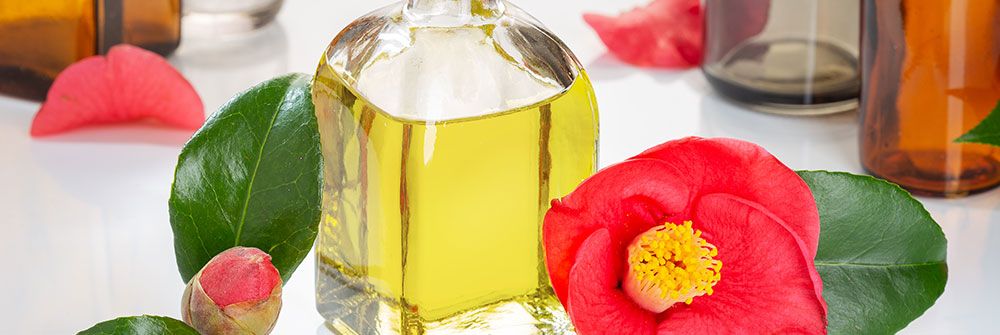 Camellia oil: Camelia is a popular oil made of Camelia’s flowers. This floral oil has been in regular attendance in the local culture because it is rich in Palmitic acid and Omega-6 fatty acid. As one of the most popular Japanese skin whitening methods, it keeps skin and hair moist and soft.
Camellia oil: Camelia is a popular oil made of Camelia’s flowers. This floral oil has been in regular attendance in the local culture because it is rich in Palmitic acid and Omega-6 fatty acid. As one of the most popular Japanese skin whitening methods, it keeps skin and hair moist and soft.- Azuki (red bean): Red beans are an excellent source of potassium, proteins, and carbohydrates. It is best to soak them overnight and then use the beans and water separately. The beans can be crushed to make a paste and applied on the face for a few minutes, while the drained water can be used to wash it off afterward. This process leaves the skin tender, exfoliated, and shinier.
There is an essential component of Japanese skin whitening home remedies that we wanted to mention as a standalone entity. Oranges are synonymous with southern regions of this country and people include them as an integral part of their daily lives. Being rich in vitamin C, they break up melanin and make the skin clearer. They also boost the immune system and lower the risk of cancer.
Welcome to Asia!
As per Mevoife almost 4.5 billion people, Asia is a treasure trove of several proud and distinctive cultures spread across many closely-knit countries. The continent is also known for its profound respect for culinary arts, the embodiment of beauty, and a naturally coalescing trajectory of the two.
You might recount how the regional foods and meals may often be interrelated to the remedies of several maladies, and just how the residents have inculcated the belief of safeguarding themselves using staple diets alone.
It may thus be brought forward with great respect that Asian beauty secrets for anti-aging or skincare are not exactly ‘secrets’, per se, but rather are clinical derivatives of several thousand natural resources that have been bestowing the full blade of their immense glory on us since ages!














